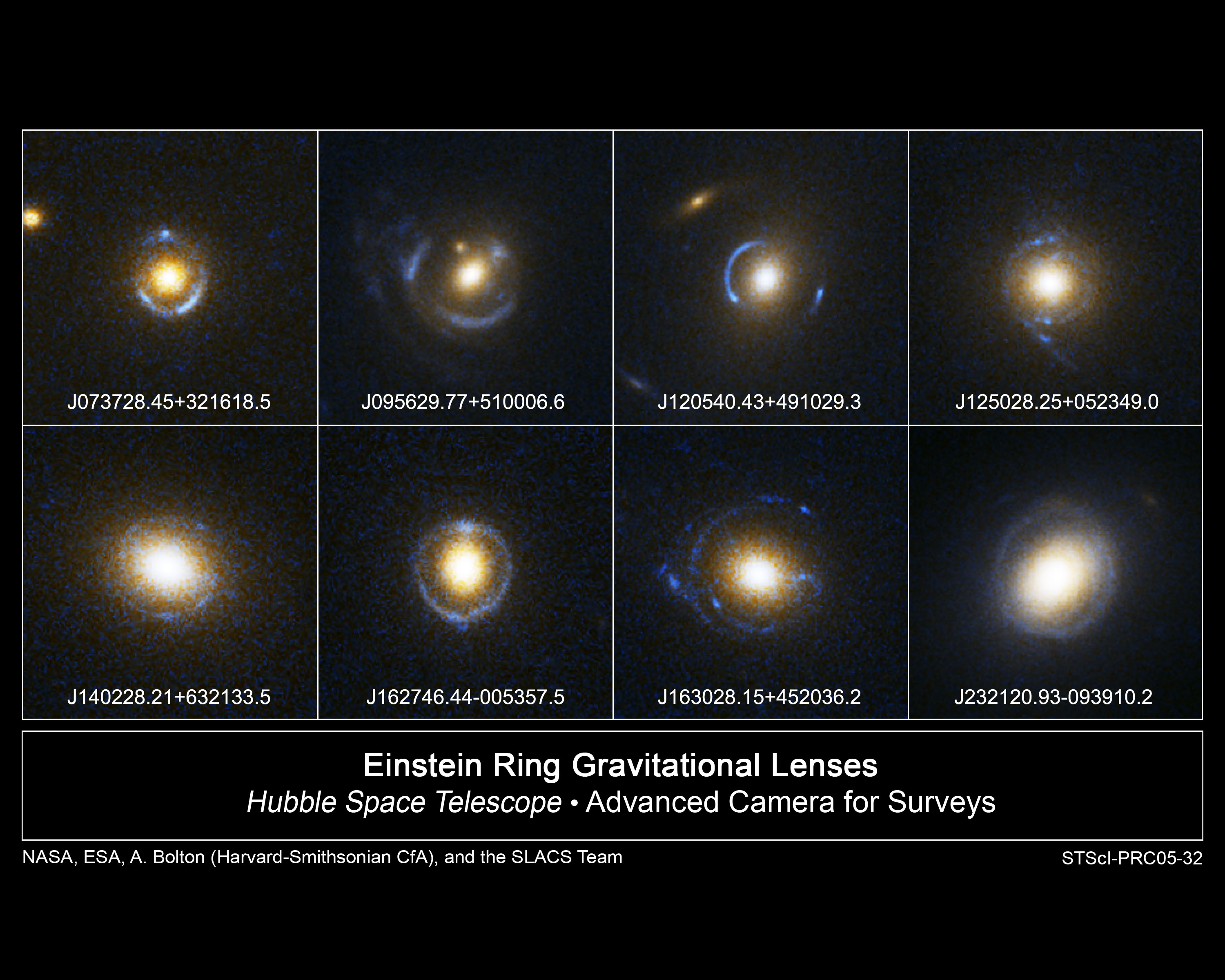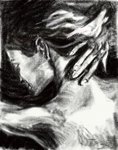
Thus, instead of a focal point, it has a focal line. And instead of a point image, it produces a ring of light, called the Einstein ring.


This phenomenon has been used to estimate the size of the intervening object, the "lens", which otherwise cannot be oberved due to lack of native luminance. Here is an animation of the effect of a beam of light moving behind a black hole.

As an ophthalmologist, one would immediately notice the "against" motion of the lens arc, ie, while the light is moving down and to the left, the arc moves in the opposite direction. Imagine the light streaking across comes from a retinoscope, and us the observers are sitting at the back to the retina, i.e. earth, we could conclude that the grativational lens is of plus-power.
While there is no giant hand streaking the distant light source back and forth, the angular motion of the source light relative the lens may be induced either by the motion of the earth, "parallex motion", or of the sun "proper motion". Therefore, it is reasonable to hypothesize that the speed by which the arc migrates may be related to the mass and the relative distances of the lens system. Currently the mass is already able to be calculated by the lens effect, and distance is estimated by red-shift. But this "gravitational streaking" may be useful in aiding their calculations.



No comments:
Post a Comment